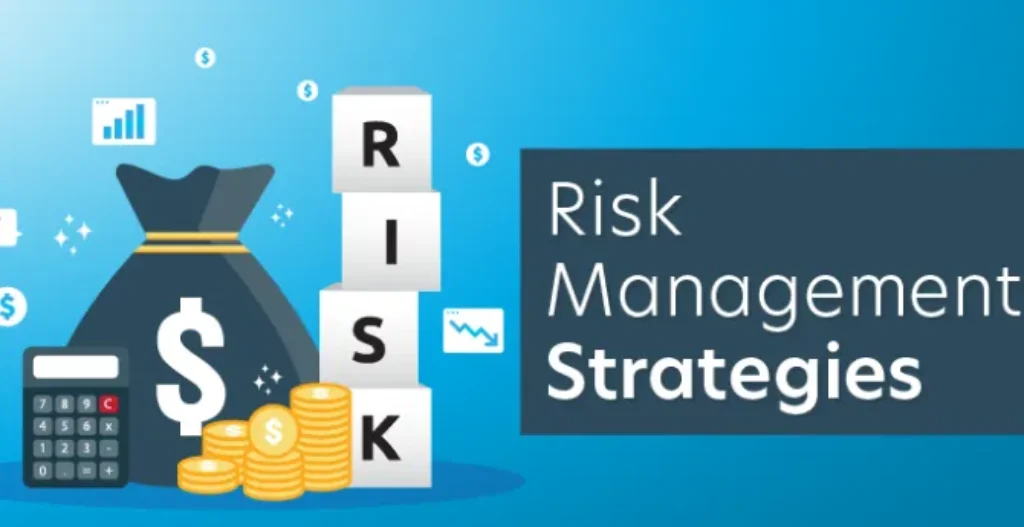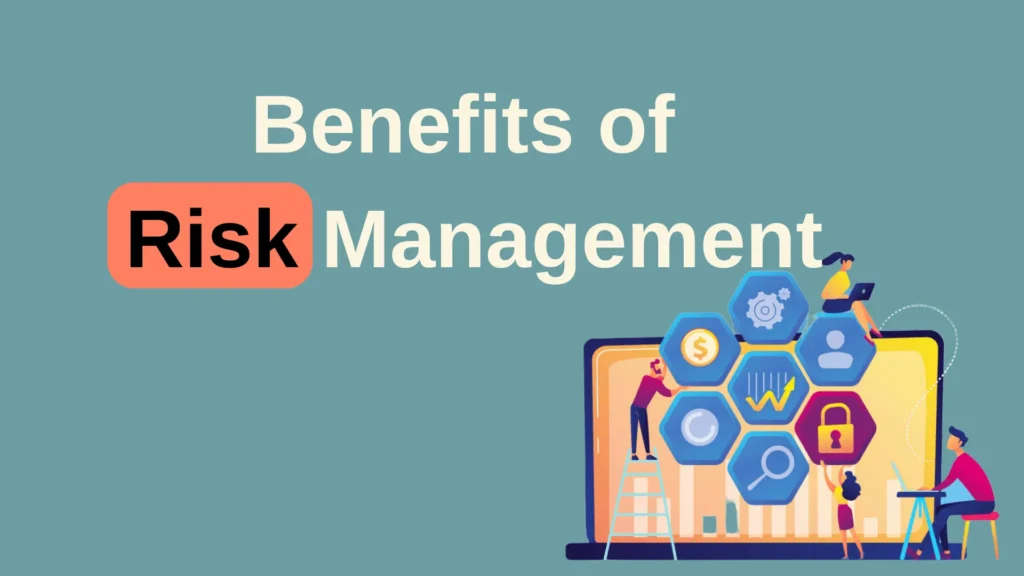
Executive Summary
In today’s complex business environment, organizations face a variety of risks—from financial and operational to reputational and cybersecurity threats. Risk management involves identifying, assessing, and mitigating these risks to minimize their negative impact on an organization’s objectives.
This guide explores risk management strategies, common examples, and specifically addresses the question: “Which is not an example of a risk management strategy?” By understanding both effective and ineffective approaches, businesses and individuals can make better decisions and strengthen organizational resilience.
Table of Content
Understanding Risk Management
Risk management is the process of identifying potential threats, analyzing their likelihood and impact, and implementing strategies to reduce or control these risks.
The main objectives of risk management include:
- Minimizing financial losses
- Protecting reputation and brand value
- Ensuring business continuity
- Complying with legal and regulatory requirements
- Supporting informed decision-making
Risk management is an ongoing process, integral to strategic planning and operational management.
Why Risk Management Matters
- Prevents Losses: Reduces financial, operational, and reputational losses.
- Ensures Compliance: Meets regulatory and legal obligations.
- Supports Decision-Making: Provides data-driven insights for strategic choices.
- Enhances Resilience: Prepares organizations to respond effectively to disruptions.
- Builds Stakeholder Confidence: Demonstrates proactive management to investors, customers, and employees.
Ineffective risk management, or ignoring risks, can lead to major financial and operational failures.
Key Risk Management Strategies
Organizations use a variety of strategies to manage risk, typically falling into one of the following categories:

1. Risk Avoidance
- Eliminating activities that may cause risk.
- Example: A company avoiding investment in high-volatility markets.
2. Risk Reduction (Mitigation)
- Implementing measures to reduce the likelihood or impact of risk.
- Example: Installing fire suppression systems in a data center.
3. Risk Sharing (Transfer)
- Transferring risk to another party, often through insurance or outsourcing.
- Example: Purchasing cyber insurance to cover potential data breaches.
4. Risk Acceptance
- Acknowledging the risk and deciding to accept its consequences if it occurs.
- Example: Accepting minor operational risks that are costlier to mitigate than to bear.
5. Contingency Planning
- Developing plans to respond effectively if risks materialize.
- Example: Business continuity plans in case of natural disasters.
Related Articles to Deepen Your Understanding
Enhance your grasp of risk, management systems, and decision-making frameworks with these helpful reads:
- What Is Risk Management – Understand how organizations identify, evaluate, and mitigate potential business threats.
- What Is Management – Learn the fundamentals of planning, organizing, and controlling resources effectively.
- What Is Business Management – Explore how businesses align goals, operations, and teams to minimize uncertainty.
- What Is Asset Management – See how companies manage their assets to reduce financial and operational risks.
- What Is Performance Management – Discover how tracking performance helps mitigate risks and improve accountability.
- What Is Wealth Management – Learn how financial experts balance growth with risk through diversified strategies.
Which Is Not an Example of a Risk Management Strategy?
While risk management strategies aim to anticipate, mitigate, or respond to risk, some actions do not qualify as effective strategies. Common approaches that are not considered risk management strategies include:
- Ignoring Risks
- Failing to identify or address potential threats.
- Example: Neglecting cybersecurity despite known vulnerabilities.
- Reactive Blaming
- Assigning fault after a risk event occurs without implementing preventive measures.
- Example: Punishing employees after a system failure without improving processes.
- Random Decision-Making
- Making ad hoc decisions without analyzing risk impact or likelihood.
- Example: Choosing suppliers based on cost alone, without evaluating reliability.
- Overconfidence
- Assuming risks will never happen without assessment or mitigation.
- Example: Believing natural disasters will not affect operations and skipping contingency plans.
In short, any approach that fails to identify, assess, or mitigate risk is not a risk management strategy. True strategies are proactive, structured, and data-driven.
Steps in the Risk Management Process
Effective risk management follows a structured process:
1. Risk Identification
- Identify potential risks across operations, finances, legal, and strategic areas.
- Techniques: SWOT analysis, risk audits, brainstorming sessions.
2. Risk Assessment
- Evaluate the likelihood and impact of each risk.
- Methods: Qualitative assessments, quantitative modeling, scenario analysis.
3. Risk Prioritization
- Rank risks based on severity to focus on critical threats.
- Helps allocate resources efficiently.
4. Risk Mitigation and Strategy Selection
- Decide on the best strategy: avoidance, reduction, sharing, acceptance, or contingency planning.
5. Monitoring and Review
- Continuously monitor risks and evaluate the effectiveness of strategies.
- Update risk management plans as new risks emerge.
Examples of Effective Risk Management
- Financial Hedging
- Companies use derivatives or insurance to mitigate financial risk.
- Regular System Audits
- IT audits detect vulnerabilities and prevent cyberattacks.
- Supply Chain Diversification
- Sourcing from multiple suppliers reduces dependency risk.
- Health and Safety Training
- Employee training reduces workplace accidents and associated liability.
- Crisis Management Planning
- Preparedness for emergencies ensures business continuity.
These strategies actively address risk, unlike ignoring, overconfidence, or reactive blaming.
Benefits of Implementing Risk Management Strategies

- Reduced Operational Losses: Preventive measures minimize disruptions.
- Improved Decision-Making: Provides a framework for informed choices.
- Enhanced Reputation: Stakeholders trust organizations that manage risks effectively.
- Regulatory Compliance: Avoids fines, legal penalties, and reputational damage.
- Business Continuity: Preparedness ensures resilience during crises.
- Resource Optimization: Focuses attention on high-priority risks.
Effective risk management is a competitive advantage in volatile markets.
Challenges in Risk Management
- Rapidly changing technology and market conditions
- Incomplete or inaccurate risk data
- Resistance to change or lack of organizational buy-in
- Unpredictable external events (natural disasters, pandemics)
- Complex regulatory and compliance requirements
Overcoming these challenges requires continuous monitoring, adaptation, and a proactive risk culture.
The Role of Risk Managers
Risk managers are responsible for:
- Identifying potential threats and vulnerabilities
- Designing and implementing risk management strategies
- Conducting risk assessments and scenario analysis
- Collaborating with stakeholders across departments
- Monitoring and updating risk management plans
- Ensuring compliance with industry standards and regulations
Successful risk managers combine analytical skills, strategic thinking, and communication abilities to protect organizational assets and reputation.
Real-World Examples of Risk Management
- Banking Sector: Risk managers monitor credit and market risks to prevent financial losses.
- Healthcare: Hospitals implement infection control protocols to mitigate health risks.
- Manufacturing: Companies use safety protocols and equipment maintenance schedules to prevent accidents.
- IT and Cybersecurity: Organizations deploy firewalls, encryption, and backup systems to reduce cyber risks.
- Global Supply Chains: Diversification and contingency planning help manage geopolitical or natural disaster risks.
These examples show that proactive strategies are central to effective risk management, while neglecting risks is not.
Conclusion
Understanding which actions are not risk management strategies is as important as knowing effective strategies. Ignoring risks, overconfidence, and reactive blame are ineffective approaches that leave organizations vulnerable.
Effective risk management involves proactive identification, assessment, prioritization, and mitigation of risks. By applying structured strategies such as risk avoidance, reduction, transfer, acceptance, and contingency planning, organizations can protect their assets, reputation, and operations, ensuring long-term stability and success.


